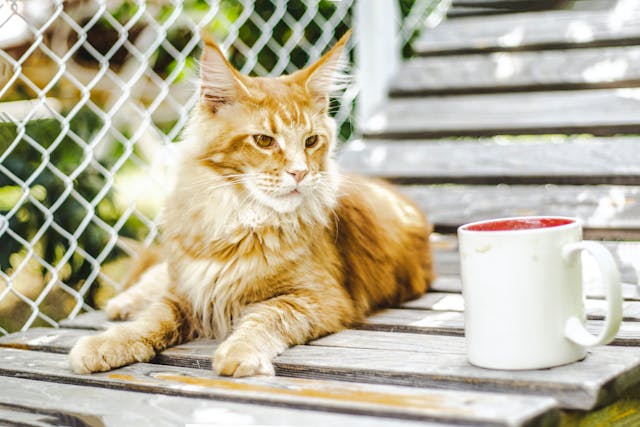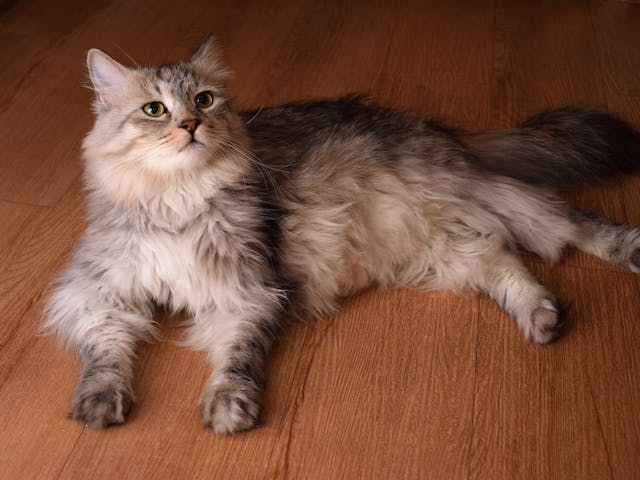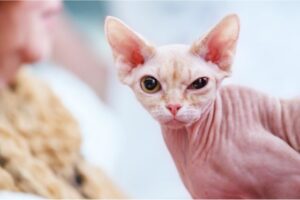For those with a passion for feline companionship but plagued by pesky allergies, the dream of a sneeze-free and itch-free coexistence with a cat may not be as elusive as it seems. Welcome to the realm of hypoallergenic cat breeds—a haven for allergic cat lovers. In this comprehensive guide, we unravel the mysteries of cat allergies, explore common allergens, and dive into the characteristics that make certain cat breeds hypoallergenic.
Join us on a journey through the world of elegant Siberians, graceful Balinese, sophisticated Russian Blues, curly-coated Devon Rexes, sleek Cornish Rexes, and uniquely hairless Sphynx cats. Discover the science behind hypoallergenic qualities and embark on a path towards a sneeze-free friendship with your feline companion.
The Allergic Cat Lover’s Dream
For those who adore cats but find themselves thwarted by allergic reactions, the prospect of sharing a home with a hypoallergenic feline becomes a dream come true.
This guide is tailored to unravel the complexities of cat allergies and introduce cat breeds that offer the promise of a harmonious companionship, free from the typical allergic aftermath.
Understanding Cat Allergies
Cat allergies, often attributed to proteins found in a cat’s skin, saliva, and urine, can manifest as sneezing, itching, watery eyes, or even more severe respiratory issues in susceptible individuals.

Understanding the triggers and symptoms of cat allergies lays the foundation for selecting a hypoallergenic cat breed that aligns seamlessly with allergic cat lovers’ aspirations.
Common Allergens
Common allergens linked to cats include the Fel d 1 protein found in their saliva and sebaceous glands, as well as Fel d 4 in their skin. These allergens become airborne when cats groom themselves, shedding microscopic particles that can linger in the air and on surfaces.

The challenge lies in finding cat breeds with reduced production of these allergens, offering a potential solution for allergy sufferers.
Symptoms of Cat Allergies
Recognizing the symptoms of cat allergies is crucial for managing and mitigating their impact. Symptoms range from the more apparent sneezing, itching, and watery eyes to less overt signs such as coughing, wheezing, or skin rashes.
Identifying these indicators empowers allergic cat lovers to make informed choices when selecting a feline companion.
What Makes a Cat Hypoallergenic?
Low Shedding and Dander
Hypoallergenic cat breeds are characterized by their lower production of allergenic proteins and reduced shedding of dander. Dander consists of tiny, often-invisible flecks of skin shed by cats, carrying the allergenic proteins that trigger reactions. The key to a hypoallergenic cat lies in the minimal dispersal of these particles into the environment.
Hypoallergenic Cat Breeds
The Siberian Cat: A Gentle Giant
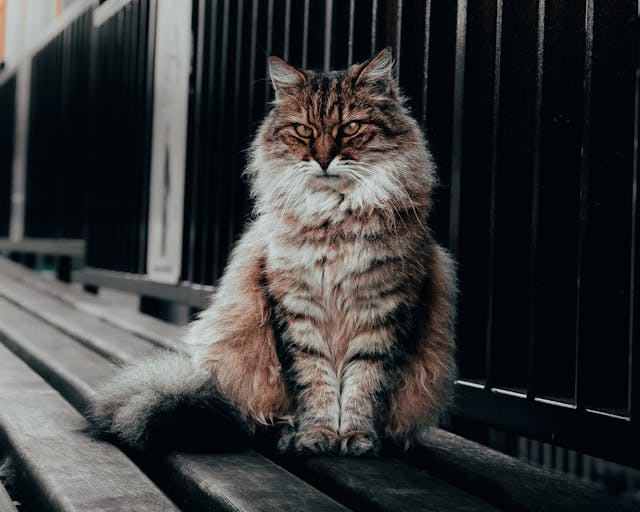
Siberian cats, known for their majestic appearance and gentle nature, are often considered hypoallergenic. While no cat is completely allergen-free, Siberians produce lower levels of the Fel d 1 protein, making them a viable choice for allergic individuals seeking a furry companion.
Why Siberians are Hypoallergenic
The Siberian’s hypoallergenic quality is attributed to a genetic variation that reduces the production of Fel d 1. Their luscious, semi-longhair coat also minimizes the dispersion of allergens, contributing to a more allergy-friendly environment.
The Balinese Cat: Graceful and Allergy-Friendly
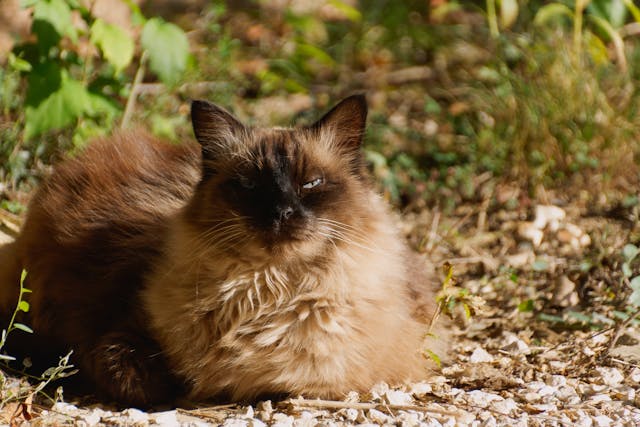
Balinese cats, with their striking resemblance to the Siamese breed, are renowned for their elegance and hypoallergenic qualities. Their silky, single-layer coat produces fewer allergens, offering a potential solution for cat lovers seeking a sophisticated and allergy-friendly companion.
Balinese Cats and Allergies
Balinese cats share their genetic roots with the Siamese breed but with the advantage of a longer coat. This distinctive feature reduces the spread of allergenic proteins, catering to the needs of allergic cat enthusiasts.
The Russian Blue: Elegant and Low on Allergens
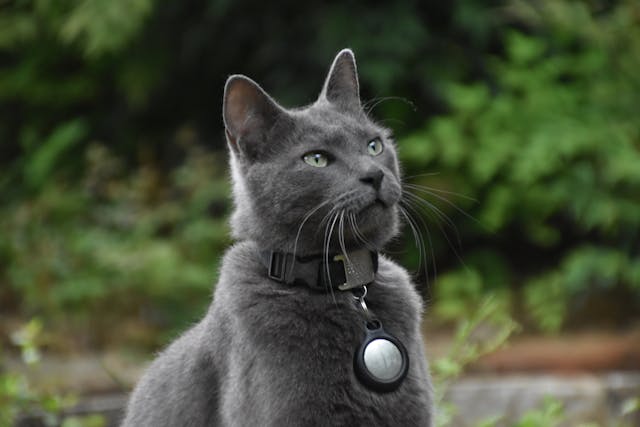
Russian Blue cats, characterized by their stunning silver-blue coat and emerald-green eyes, are another hypoallergenic option. These elegant felines produce lower levels of the Fel d 1 protein, making them a suitable choice for individuals with cat allergies.
Why Russian Blues are Hypoallergenic
Russian Blues owe their hypoallergenic quality to a combination of factors, including their short, dense coat and a genetic predisposition for reduced allergen production. Their grooming habits further contribute to lower allergen dispersion.
The Devon Rex: A Curly-Coated Companion
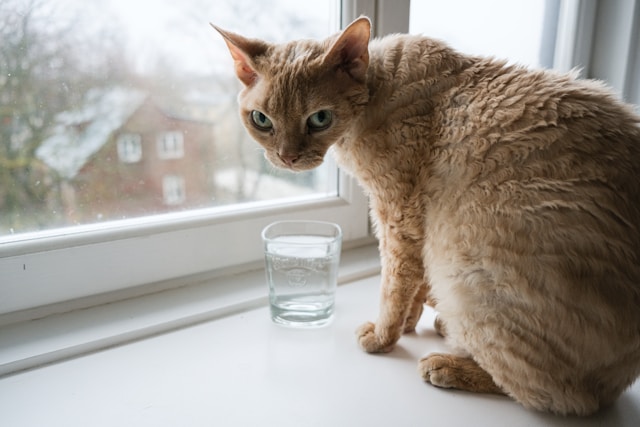
Devon Rex cats, known for their distinctive curly coats and mischievous personalities, are considered hypoallergenic. Their unique coat structure results in less shedding, decreasing the release of allergens into the environment.
Devon Rex Cats and Allergies
Devon Rexes possess a coat that lacks the typical guard hairs found in other breeds. This characteristic, coupled with their minimal undercoat, results in reduced shedding of allergens, making them a potential choice for those prone to cat allergies.
The Cornish Rex: Sleek and Hypoallergenic
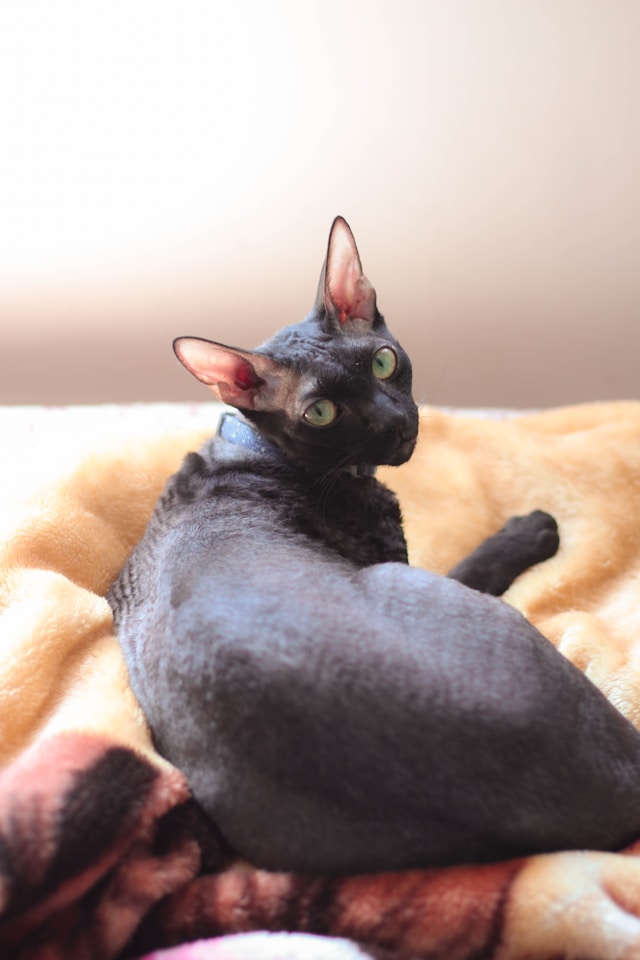
Cornish Rex cats, with their sleek, wavy coats and playful demeanor, offer an allergen-friendly option for cat enthusiasts. Similar to the Devon Rex, their coat structure minimizes allergen dispersion, creating a more tolerable environment for allergy sufferers.
Cornish Rex and Allergies
Cornish Rexes’ unique coat composition, characterized by short, fine hairs, contributes to less shedding of allergens. Their playful and affectionate nature makes them an appealing choice for those seeking an allergy-friendly feline companion.
The Sphynx Cat: Unique and Allergy-Friendly
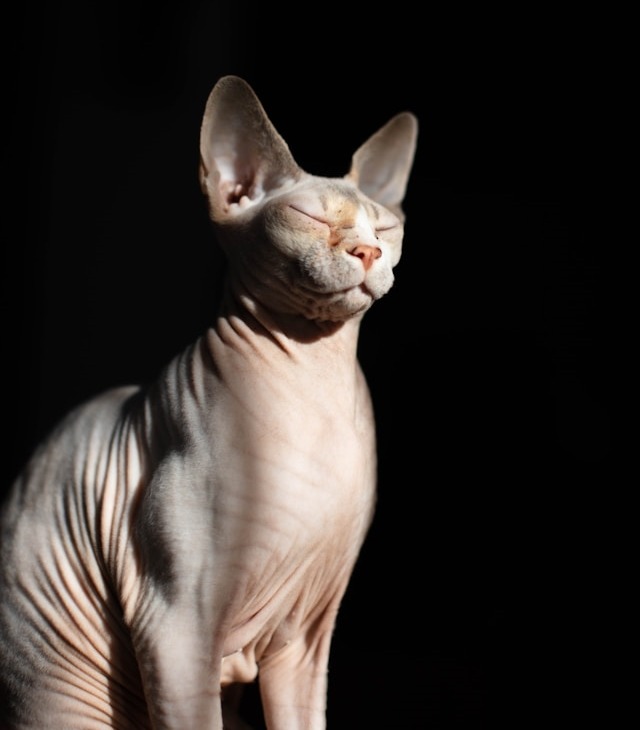
The hairless Sphynx cat, though unconventional in appearance, is a sought-after choice for individuals with cat allergies. As they lack a traditional coat, the dispersal of allergens is significantly reduced, offering a potential solution for those with heightened sensitivities.
Sphynx Cats and Allergies
Sphynx cats, with their hairless bodies, eliminate the concern of shedding and dander. While they still produce some allergenic proteins, the absence of a coat minimizes the airborne particles, making them a viable option for allergic cat lovers.
Conclusion: A Sneeze-Free Friendship
In the diverse tapestry of feline companionship, the dream of a sneeze-free and itch-free alliance between allergic cat lovers and their cherished pets becomes a tangible reality. By understanding the intricacies of cat allergies and exploring the characteristics that define hypoallergenic breeds, individuals can forge lasting connections with elegant Siberians, graceful Balinese, sophisticated Russian Blues, curly-coated Devon Rexes, sleek Cornish Rexes, and uniquely hairless Sphynx cats. This guide serves as a compass, navigating the path toward a harmonious and allergy-friendly coexistence, culminating in the joyous celebration of a sneeze-free friendship.
FAQs:
Do hypoallergenic cats produce any allergens?
While hypoallergenic cats produce fewer allergens than other breeds, it’s essential to note that no cat is entirely allergen-free. Hypoallergenic cat breeds are characterized by lower levels of allergenic proteins, such as Fel d 1 and Fel d 4. The reduced production and dispersion of these proteins make hypoallergenic cats a more suitable option for individuals with cat allergies. However, it’s crucial for potential cat owners with allergies to spend time with a specific breed to gauge their individual sensitivity before making a commitment.
Are there any grooming tips for hypoallergenic cats?
Hypoallergenic cats often require specific grooming practices to maintain their coat and minimize allergen dispersion. Regular grooming sessions, including brushing and bathing, can help reduce the amount of loose hair and dander in the environment. Using hypoallergenic shampoos and wipes designed for cats can further assist in managing allergens. Additionally, maintaining a clean living space, including regular vacuuming and dusting, contributes to creating a more allergy-friendly environment.
Can people with severe allergies own hypoallergenic cats?
While hypoallergenic cats can be a more compatible choice for individuals with allergies, it’s crucial to acknowledge that the level of sensitivity varies among allergic individuals. People with severe allergies should exercise caution and take steps to manage their allergies effectively before considering cat ownership. Spending time with hypoallergenic breeds beforehand, consulting with allergists, and implementing allergy management strategies, such as using air purifiers and keeping living spaces well-ventilated, can contribute to a more comfortable coexistence.
Are hypoallergenic cats more expensive than other breeds? Where can I adopt a hypoallergenic cat?
The cost of hypoallergenic cats can vary depending on factors such as breed, pedigree, and breeder reputation. In general, hypoallergenic cat breeds may be associated with higher initial costs compared to non-hypoallergenic breeds. Reputable breeders specializing in hypoallergenic breeds often prioritize breeding practices that maintain low allergen levels.
For those seeking to adopt a hypoallergenic cat without supporting commercial breeders, rescue organizations and shelters can be excellent options. While specific breeds may be less common in shelters, it’s not uncommon to find mixed-breed cats with hypoallergenic qualities. Adopting from a shelter not only provides a loving home for a cat in need but can also be a more cost-effective option compared to purchasing from a breeder. Additionally, various rescue groups focus on specific breeds and may have hypoallergenic cats available for adoption.
You may also like

Why Do Cats Scratch Furniture? Tips for Preventing Destructive Scratching

Sphynx Cats: The Bald and Beautiful Feline Companions
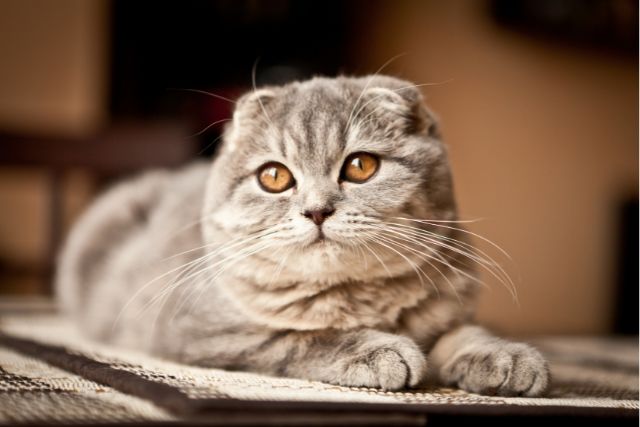
Scottish Fold Cats: The Cute and Quirky Breed with Folded Ears
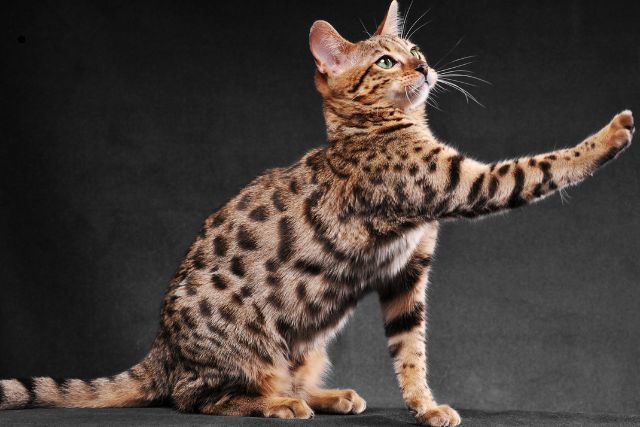
Bengal Cats: The Wild Side of Domestication

Ragdoll Cats: The Laid-Back Beauties of the Cat World
